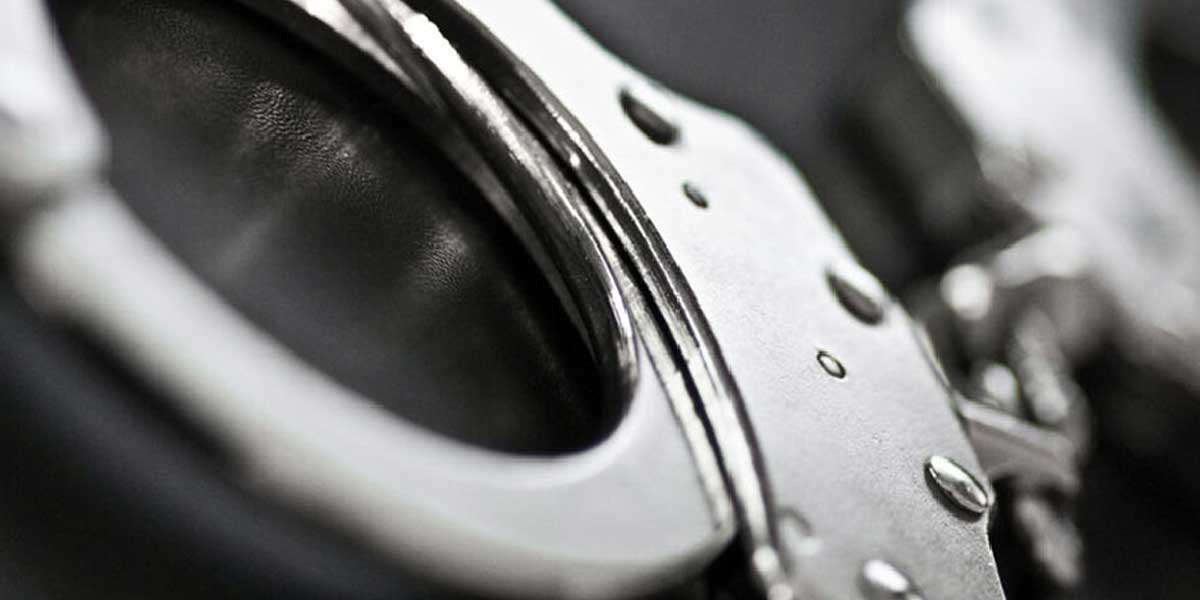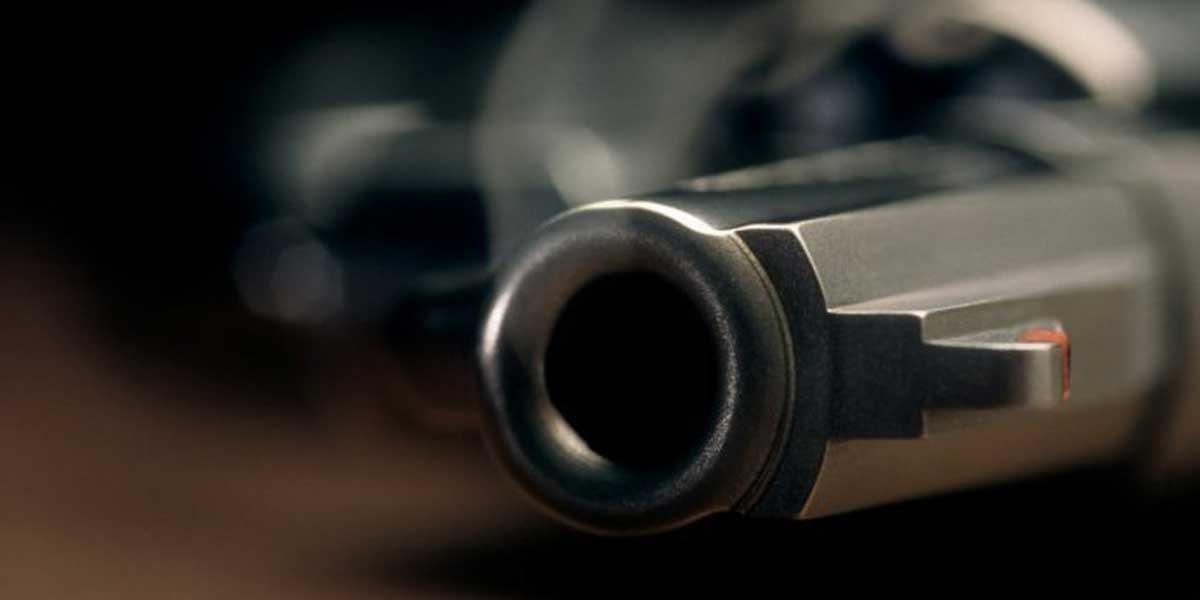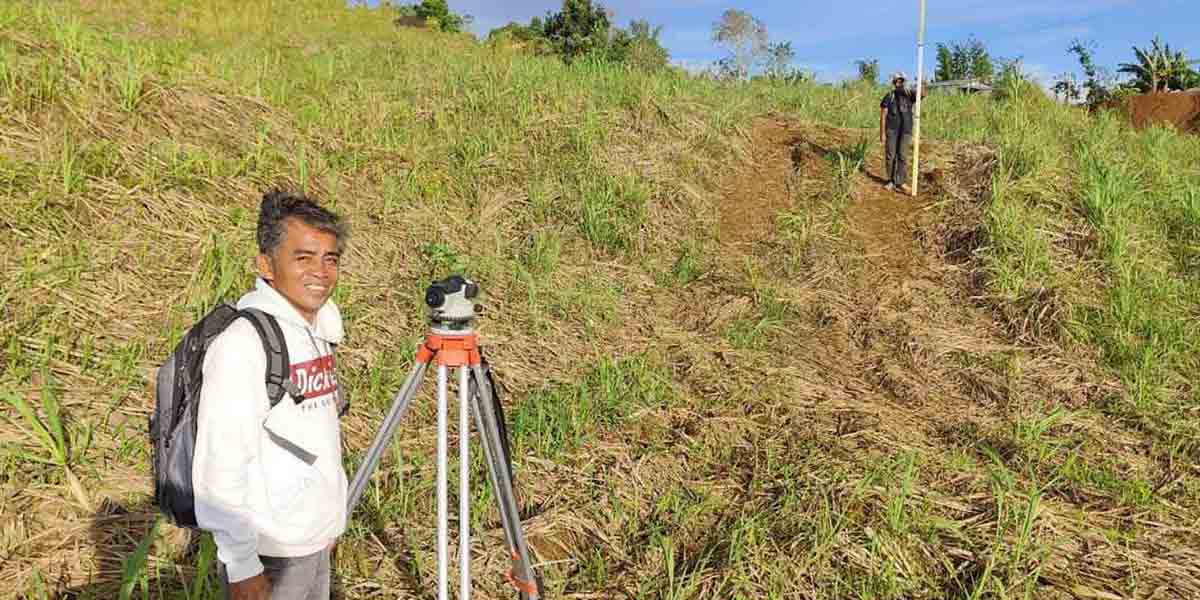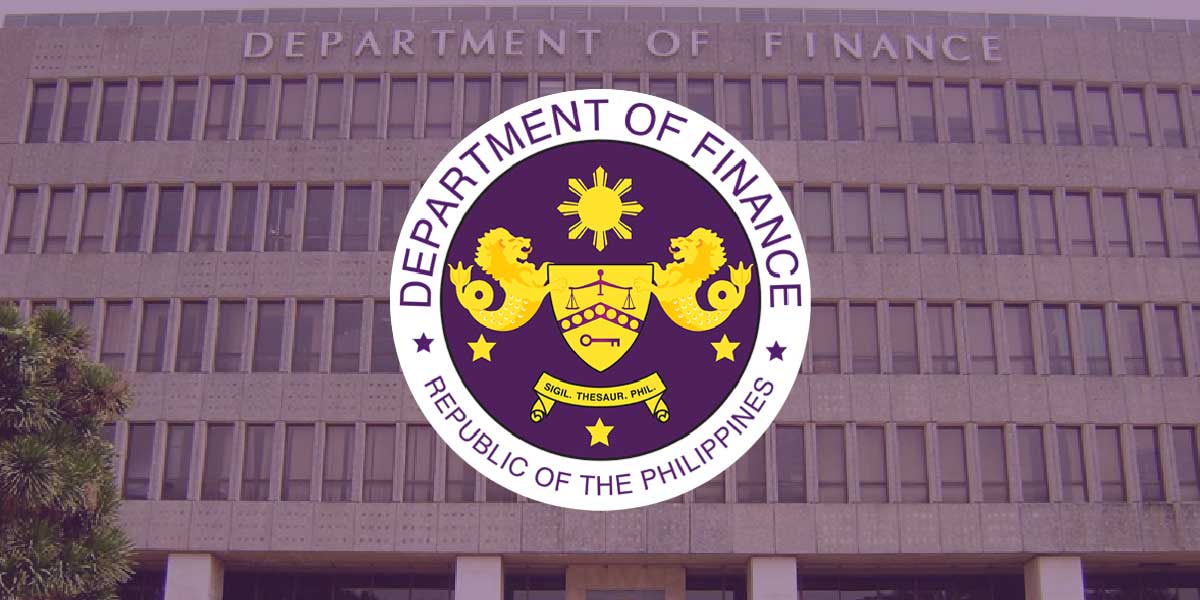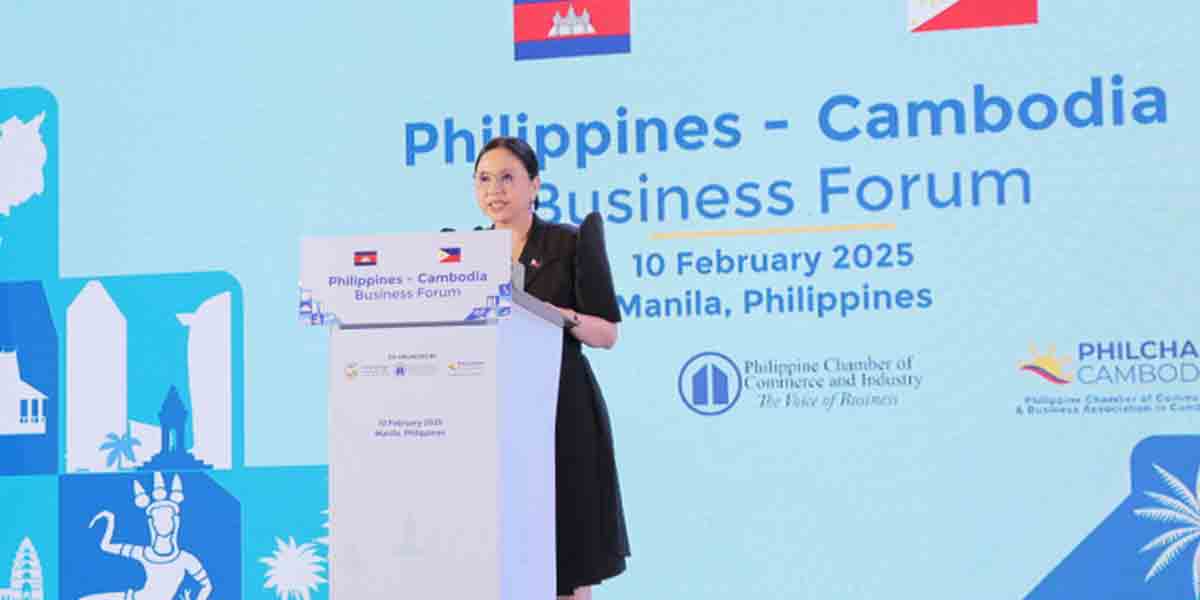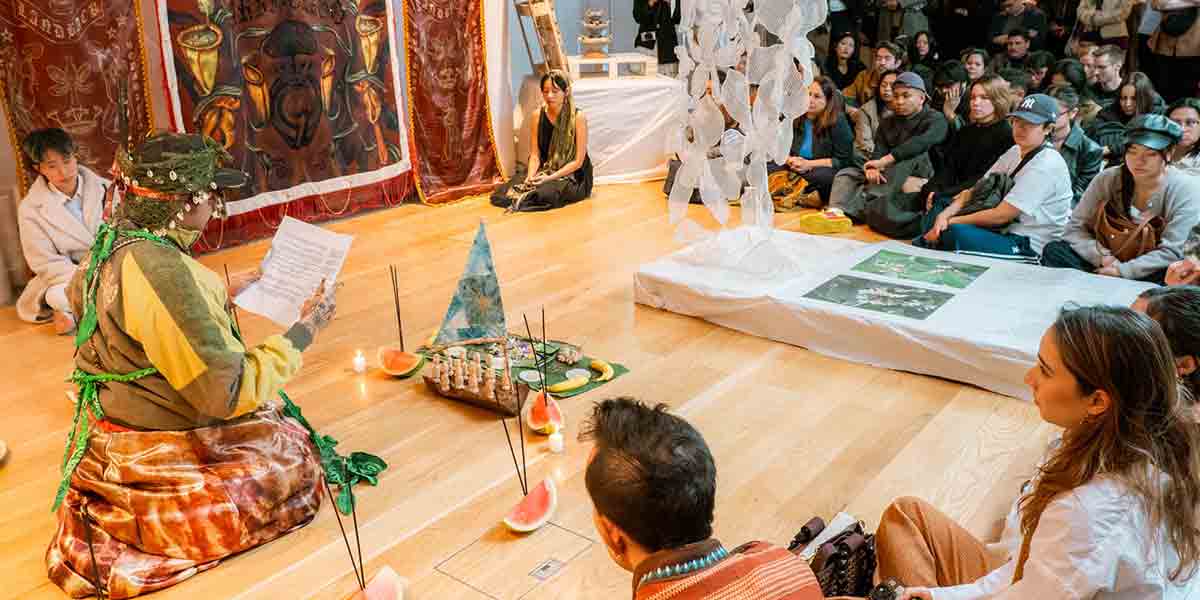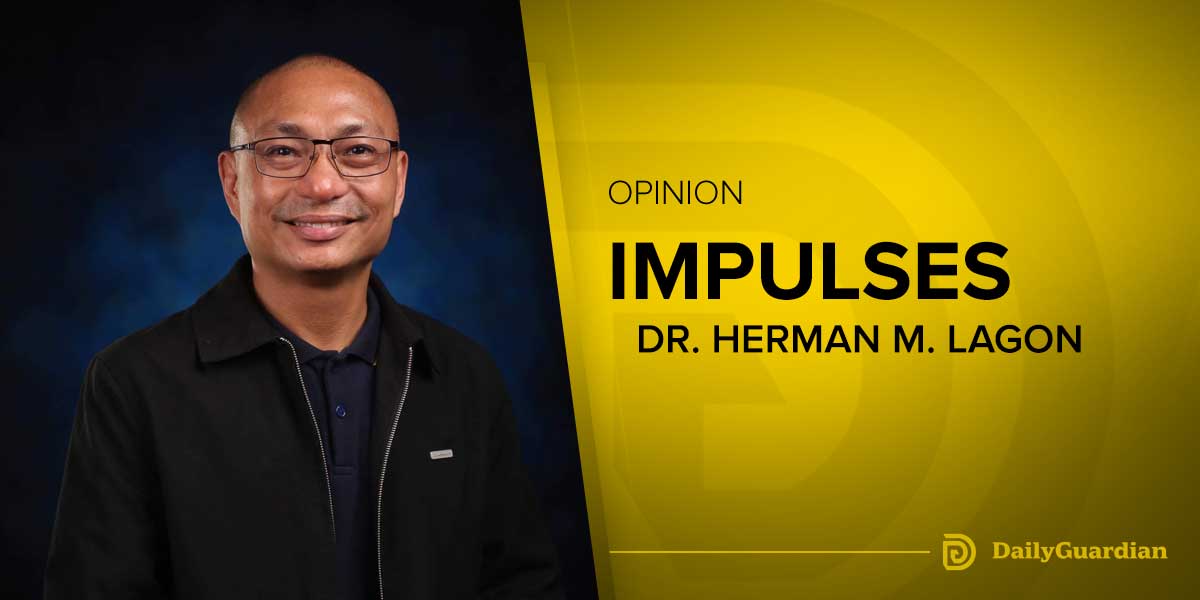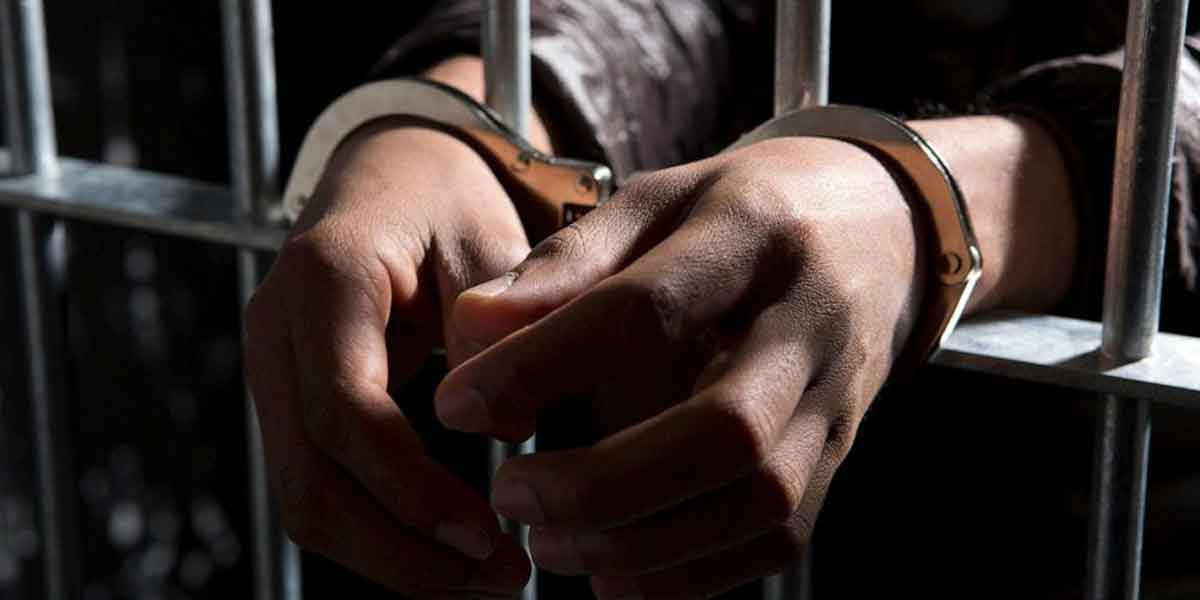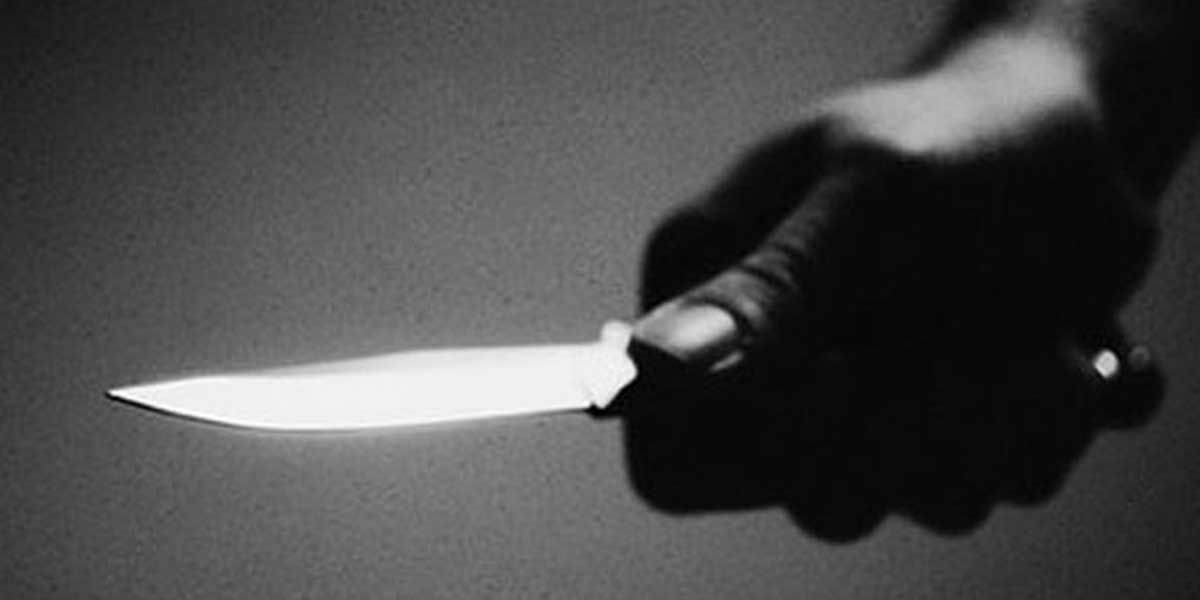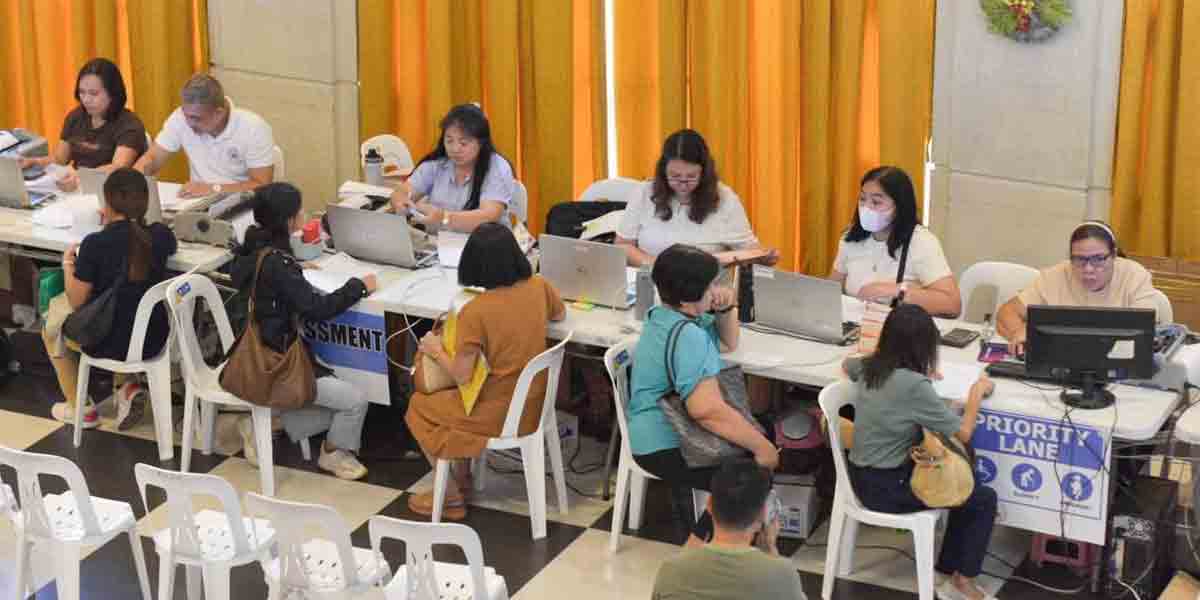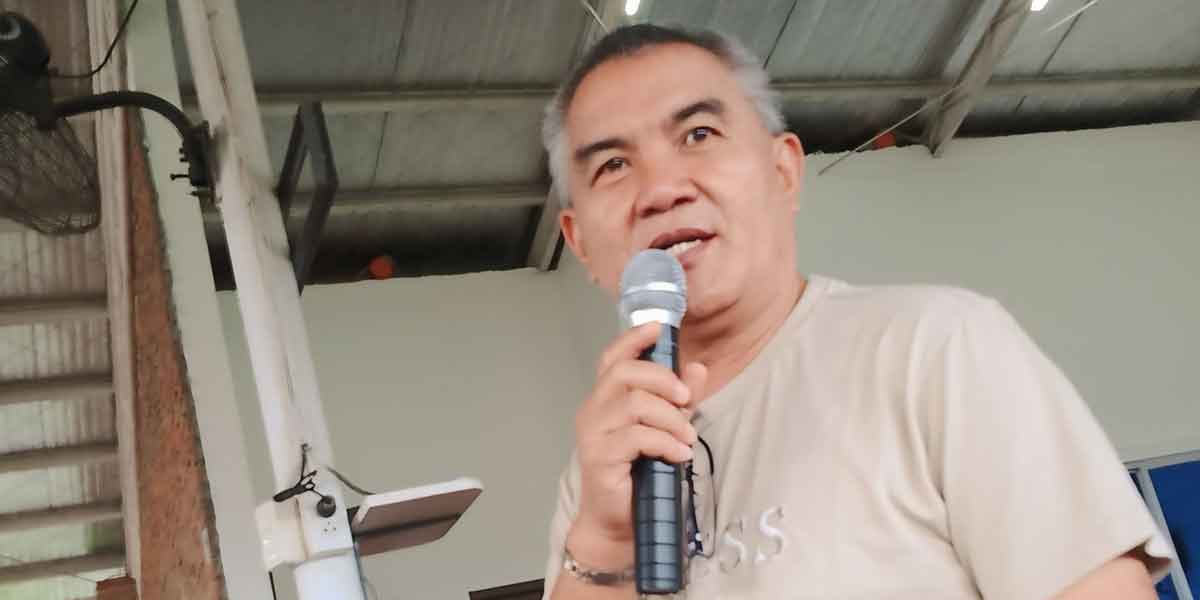By Herbert Vego
THIS writer wonders whether Antique Governor Rhodora “Dodod” Cadiao has read my previous column asking her to ask Semirara Mining and Power Corp. – which operates the open-pit coal mine in Semirara Island in Caluya, Antique – to play “patriotic” by selling coal at reduced prices to local coal-fired power plants. Hence, this reiteration.
That “panawagan” was my knee-jerk response to the reason given by the Antique Electric Cooperative (Anteco) as to why its household-electricity rate has soared from P14.40 to P16.17 per kilowatt-hour (kWh) – the highest among all distribution utilities (DUs) in Western Visayas.
Of that P16.17, to echo the explanation of its officer-in-charge, Jerose Mioten, Anteco retains only P2.48. Presumably, the bigger share is passed on to the generating units, the transmission grid and taxes, among other incremental charges.
In contrast, I wrote that while MORE Power in Iloilo City had also upped rates, it’s still much lower at P12.48/kWh.
All right then, let us take at face value Anteco’s reason for the jack-up. Indeed, the price of coal in the world market has surged from US $60 to $400 per metric ton because of the Russia-Ukraine war.
But why blame the world market? Why not find ways to override it? There must be a way for Semirara to avoid “penalizing” the local market in an emergency situation.
Methinks that Sen. Loren Legarda, the former congresswoman of Antique, should now take up the cudgels for her hard-up constituents by appealing to Semirara to moderate its greed.
As to why Sen. Legarda comes to my mind, I recall that in April 2020 while still a congresswoman, she sought a “full-blown” probe on the entry of two Chinese ships at Semirara Island to upload processed coal to be transported to China despite the surge of Covid-19 pandemic.
In my previous column, I recalled a news item from the August 4, 2022 issue of the Daily Inquirer alleging that Semirara had made a profit of P15 billion in the first quarter of the year.
A big share of Semirara earnings should go to Antique in the form of its 40 percent internal revenue allotment (IRA) share from the national government in accordance with the Local Government Code of 1991 (Republic Act No. 7160). The governor should review whether this has been followed.
Semirara also enjoys excise tax exemption. Otherwise, as mandated by the Tax Reform for Acceleration Inclusion (TRAIN) law, it should have paid billions of pesos annually out of excise taxes amounting to P300 per metric ton of extracted coal.
Semirara’s production in 2019 was eight million metric tons but was expected to increase to 12 million thereafter with the expansion of its mining area from 300 to 400 hectares. It is a near-monopoly accounting for 95% of the country’s coal production.
As to how much of Semirara’s coal production is sold to Philippine-based coal-fired power plants, take it from the Department of Energy: Locally-produced coal comprises only 25 percent of our country’s coal needs. Therefore, 75 percent goes to export.
Conversely, we import 75 percent of our local coal requirements from other countries, notably Indonesia and Australia.
If we sell sufficient coal to the local market in cheaper pesos, then we would not have to spend scarce dollars to import the black sedimentary rock.
I remember a visit I made to Semirara Island together with Antique-based broadcasters, where we were told that local coal-fired power plants were prejudicial against Semirara coal because it is sub-bituminous or of “lower heating value”.
I had to scratch my head. Assuming that to be true, its acceptability in other countries could only mean that it is nevertheless capable of being burned to produce steam to spin a generator to create electricity.
Well, God works in mysterious ways.



